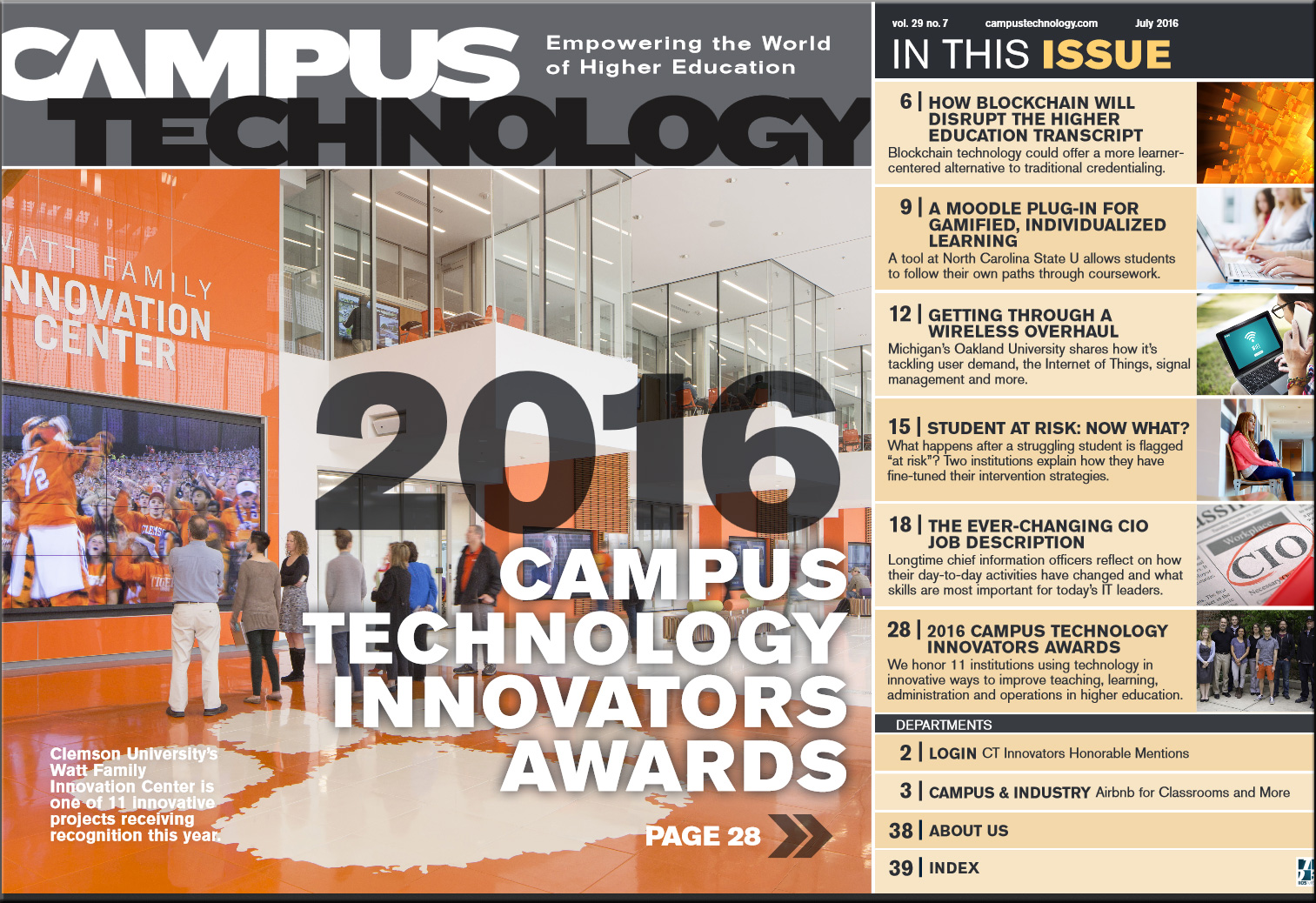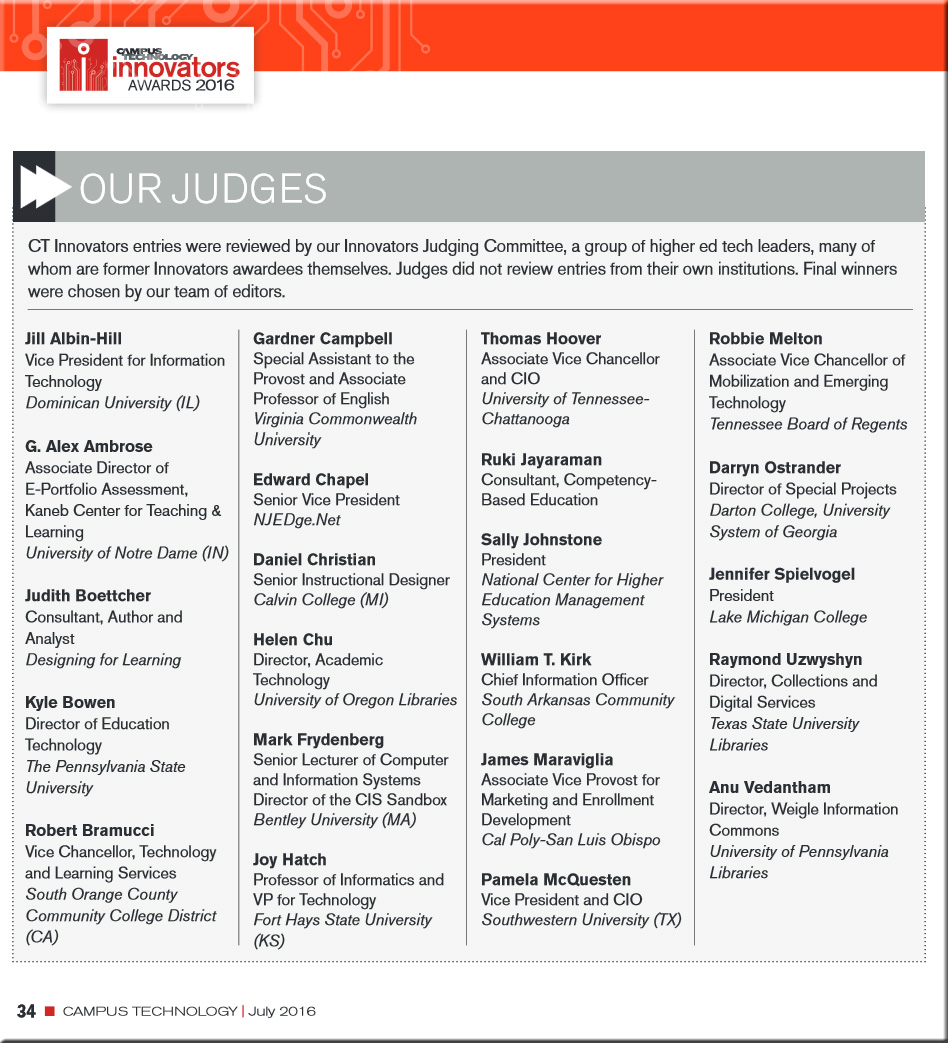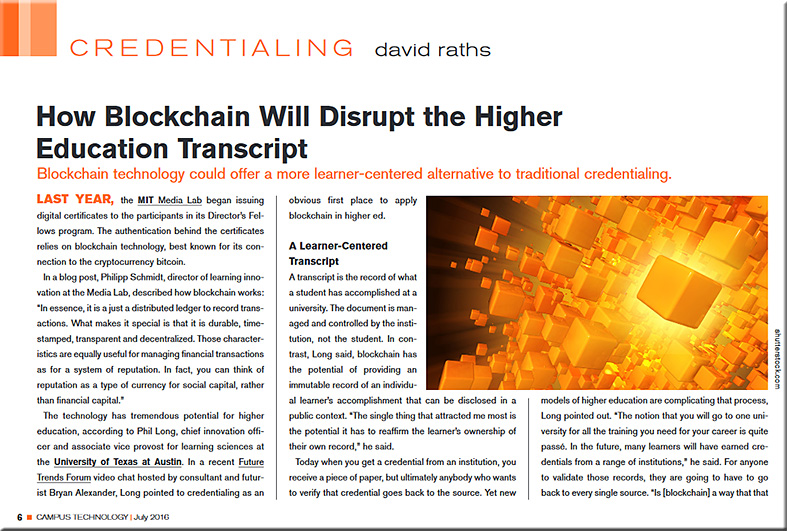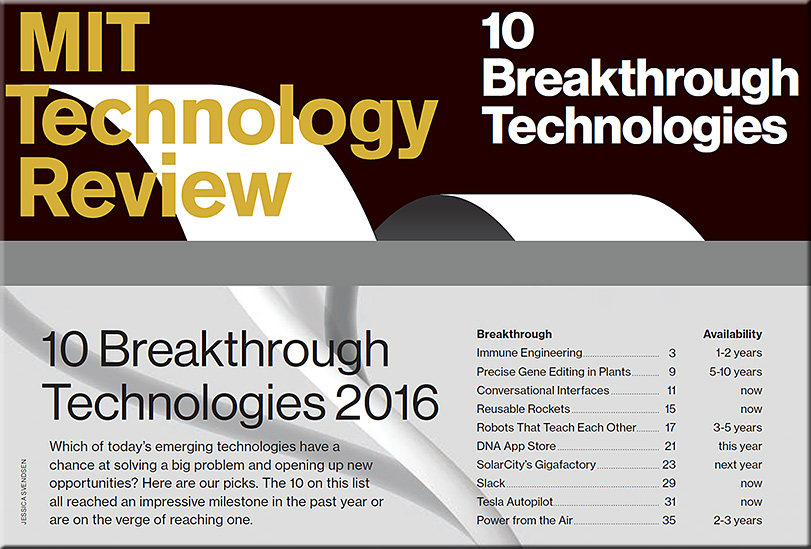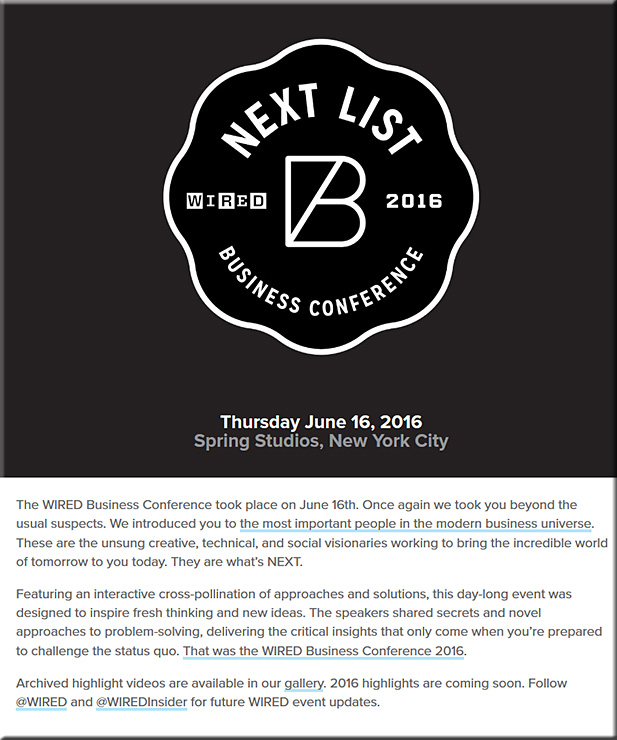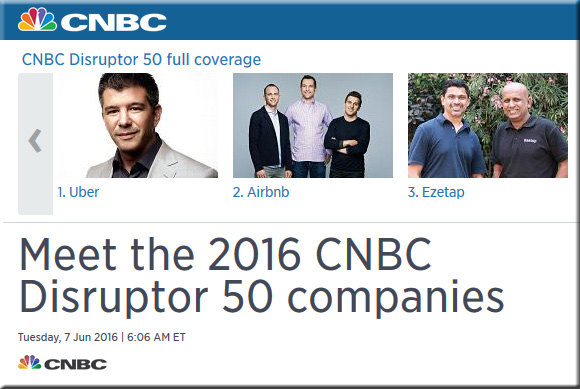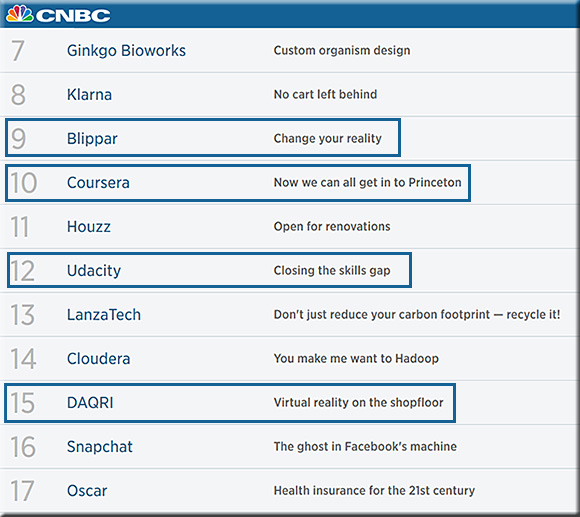The freelance economy: Top trends to watch in 2017 — from blog.linkedin.com
Excerpt:
Freelancers now account for nearly 35% of the U.S. workforce and the trend is only picking up speed with more professionals opting to create their own jobs in lieu of more traditional full-time employment.
As we head into the new year, we want to shed a bit more light on this burgeoning sector of the workforce. What kind of location, industry and demographic trends are surfacing among the freelance professionals of 2016? You might not know, for example, that a whopping 40% of our freelancers are concentrated in just four states: California, Texas, Florida and New York. Or that more senior men are most likely to take the leap into freelancing.
The time is ripe to be a freelancer in America so we’re revealing insider insights like these to help you learn more about this trending profession. Check out the report below – gleaned from a survey of more than 9,500 of our ProFinder professionals – to see what we discovered.
From DSC:
Besides the workforce moving towards the increased use of freelancers, the pace of change has moved from being more linear in nature to more of an exponential trajectory.


Some important questions, therefore, to ask are:
- Are our students ready to enter this type of workplace?
- Can they pivot quickly?
- Do they know how to learn and are they ready to be lifelong learners? (Do they like learning enough to continue to pursue it? Peoples’ overall quality of life would be much higher if they enjoyed learning, rather than be forced to do so in order to keep the bread and butter on their tables.)
- Are they able to communicate in a variety of ways?
- How are their customer service skills coming along?
- How are their problem-solving skills coming along?
- Do they know how to maintain their businesses’ books and do their taxes?
- Are they digitally literate and do they have an appreciation for the pluses and minuses of technology?
I sure hope so…but I have my serious doubts. That said, many institutions/organizations representing K-12 and higher education are not doing a great job of innovating either. Though there certainly exists some strong pockets of innovation in some of our institutions out there — and the ability to pivot — taken as a whole, our institutions and organizations haven’t been as responsive, nimble, and innovative as our students need them to be.
After all, we are trying to prepare students for their futures (with the externality effect being that we, too, will also be better prepared for that future).









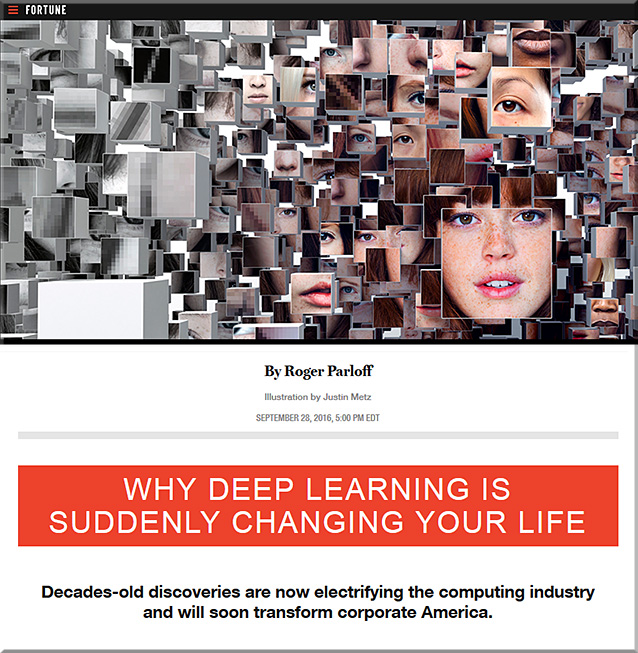
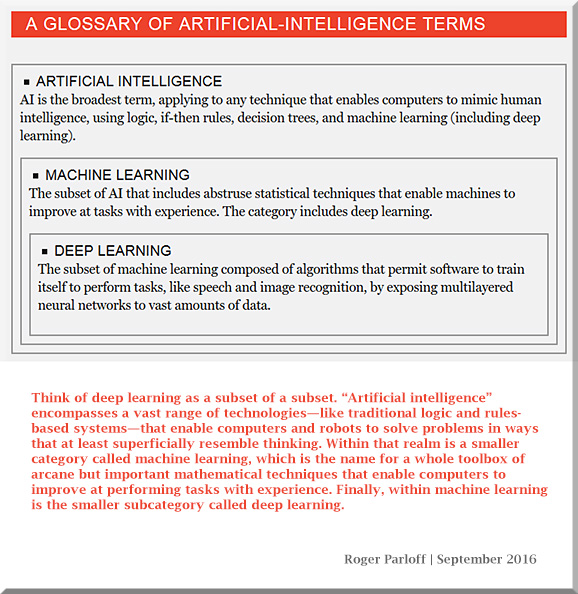


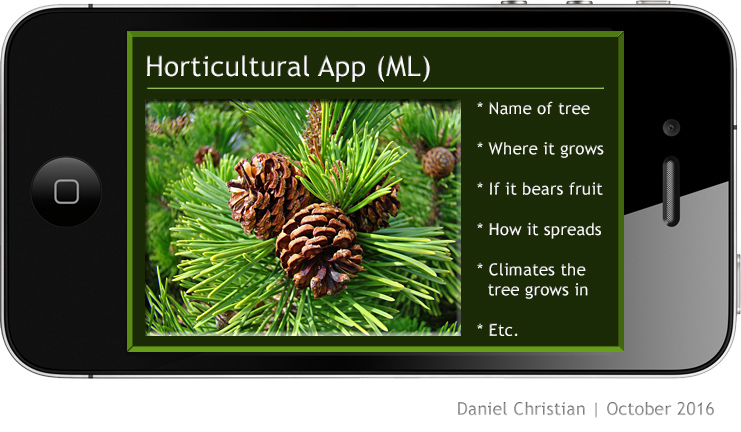



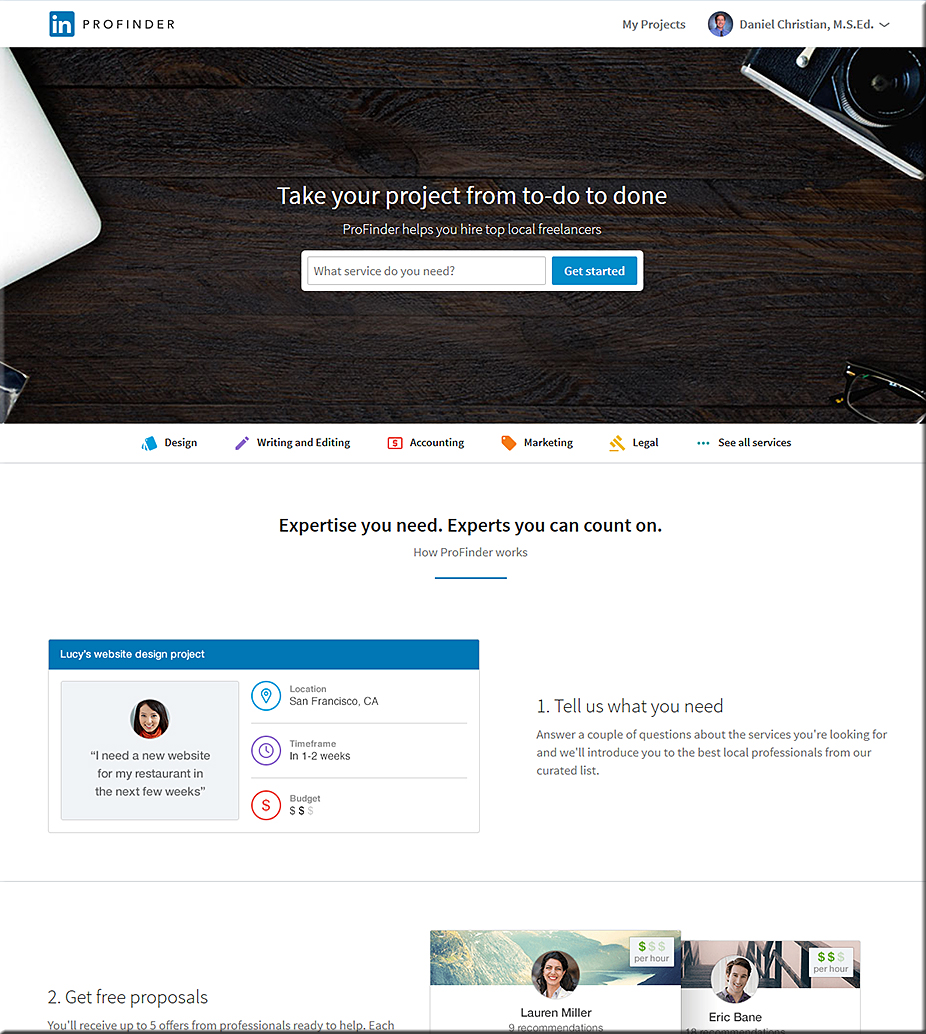

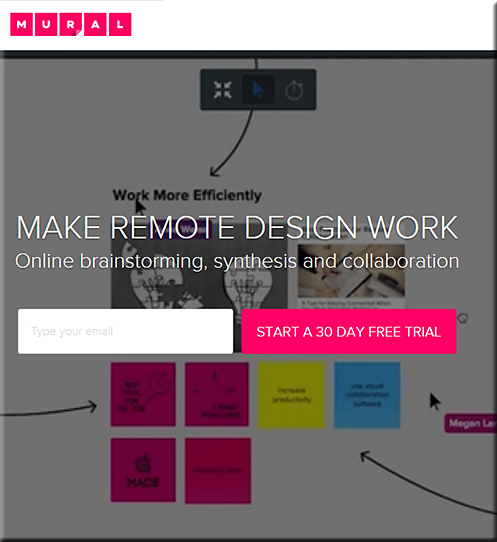
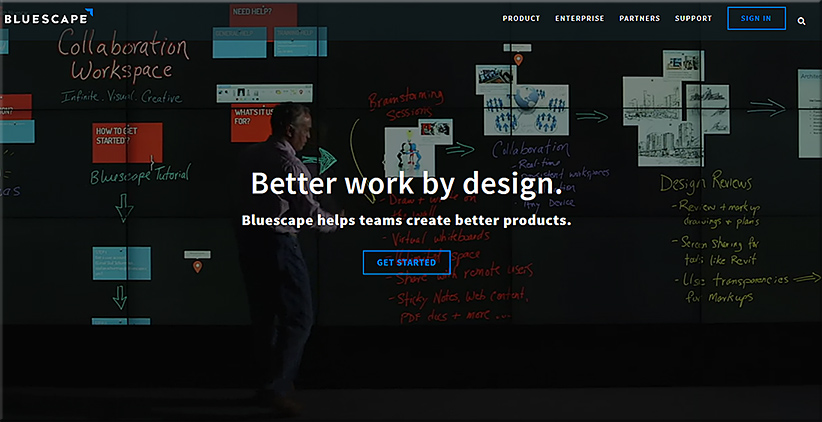
![The Living [Class] Room -- by Daniel Christian -- July 2012 -- a second device used in conjunction with a Smart/Connected TV](http://danielschristian.com/learning-ecosystems/wp-content/uploads/2012/07/The-Living-Class-Room-Daniel-S-Christian-July-2012.jpg)
